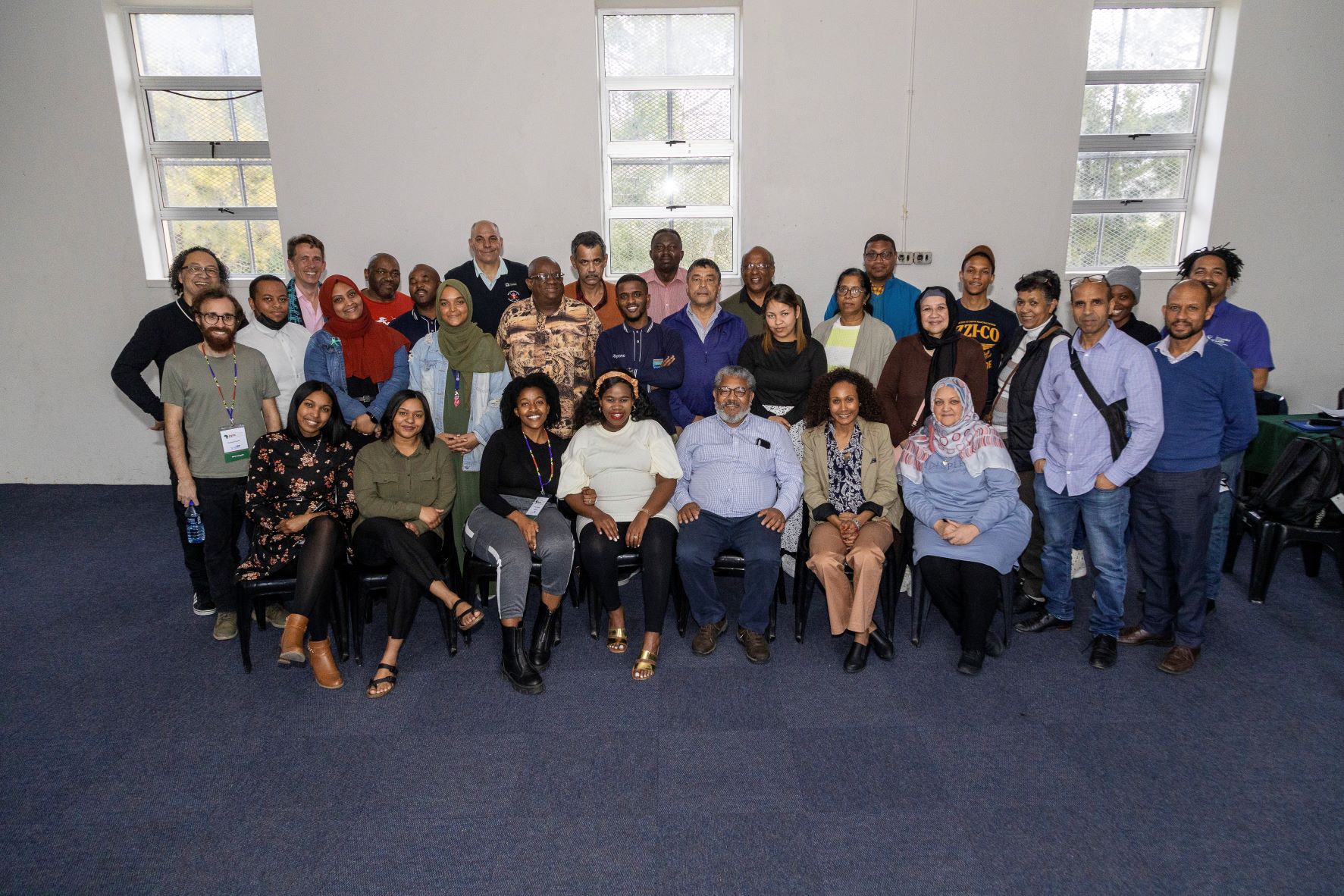Journeying Through Stars - My Adventure into Nuclear Astrophysics
Last September I had the pleasure to visit South Africa for the first time to attend the International Nuclear Physics Conference (INPC) in Cape Town. I presented my work on nucleosynthesis in neutrino-driven ejecta. The conference included an outreach workshop, organized by Gillian Arendse from iTHEMBA, with educators from the Cape Academy for Mathematics, Science and Technology (CAMST). My friend and collaborator Prof. Christian Diget prepared a short lecture regarding the Binding Blocks educational program for students between 16-19 years old. Christian asked me to help him with a demonstration of an educational game to help students understand the hot CNO cycles and I immediately accepted. We met the educators at the CAMST and had a lovely evening with them. In the video below, I am giving my personal views about nuclear astrophysics, and why I followed this path of research.
What we do in nuclear [astro]physics, is that we study how the different elements in the periodic table are created. Everything that we see in our everyday life, is made [out] of some substance, some [chemical] elements. For example, you have calcium in your bones, you have iron in your red blood cells [and Christian was saying that iron is very stable]. All these different elements, with a few exceptions, like hydrogen and helium, all of this different material that we see and make all this exotic and this beauty in the world and the rest of the universe are created in stars. Like the stars that we see in the night sky, they create inside their hearts the different elements that make up ourselves. What’s really amazing, and one of the reasons I decided to follow this research, is that I learned that all of us are connected, because we are made of exactly the same material and we are coming from the same source. The material that makes up the Solar system comes from a huge cloud, a nebula [same as the one that Christian told us from the children’s book] we are made of the same substance, 4.5 billion years ago. We might live in very different places, you are in South Africa and I am in Germany, but we are connected; not only [with] humans, but we are also connected to the trees and the animals and the beautiful mountains of South Africa. We are all made out of exactly the same material. What I am doing for my research is that I am trying to understand why some elements are more common that others. We have lots of oxygen, lots of carbon, but we don’t have not lots of gold [it would be nice to have lots of gold!]. I am using big laboratories, like iTHEMBA, to try to recreate what happens inside stars, how stars create these different elements. And they are paying me to do that, and to travel to nice laces like South Africa for conferences! Pretty cool deal right?

